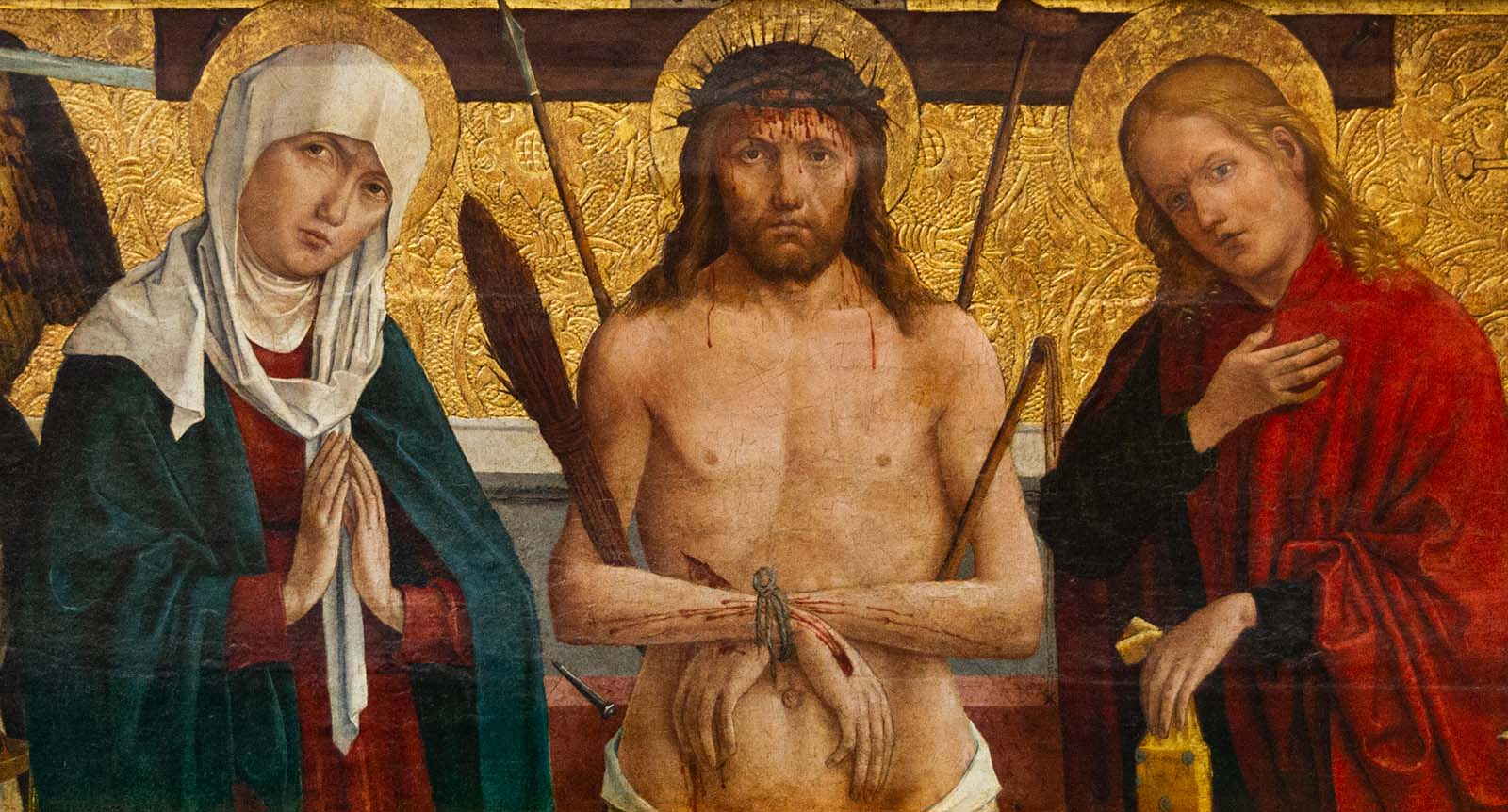Recently on The Patrick Madrid Show, Albert called in to ask about the paintings and sculptures that we see in religious places such as churches. He wanted to know why so many religious figures are depicted with grim or somber facial expressions when we are called to be a joyful people that spreads good news.
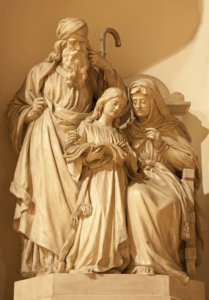
Patrick said that ultimately it comes down to the artist. One of the common phrases used in reference to the critique of art is, “It’s subjective.” And while that’s often uttered in response to a question or comment on the meaning of the work, it also applies to the style of rendering employed by the artist.
Specifically in reference to art in churches, Patrick pointed out that most of it is related to the passion and the crucifixion because of the nature of the Mass, so it shouldn’t be surprising that nobody in those works is smiling. Along the walls, we often see the stations of the cross, in the windows we might see the sorrowful mysteries, and behind every altar, there is a crucifix. These depictions of the suffering of Christ, while ultimately part of salvation history, are intended to remind us of the love that Our Lord has for us. All we need to do is look at the selfless suffering He endured because of our sins.
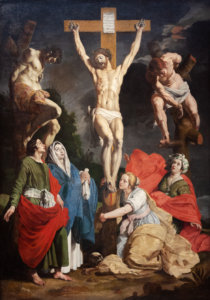
In the cases of the Holy Family and the saints, the somber facial expressions and dramatized poses are a bit more cryptic. It’s even more confusing when we see angels, the saints, the Trinity, and Our Lady depicted in heaven with the same type of expressions and body language. Why wouldn’t their faces always be shown smiling and bright?
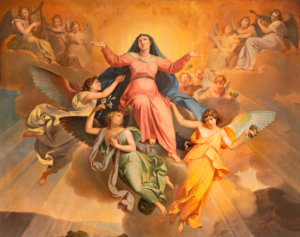
Some speculate that being in the presence of God is something that cannot be expressed in the same way that human emotions can. The divine is something so complex, it cannot be captured accurately through the simple addition of a smile to a sculpture or painting. Art is a human endeavor that attempts to capture human experiences. But in sacred art, we can recognize a far more transcendent experience, and the joy of that experience just cannot be objectively captured in the same way.
In the Psalms we see a similar reflection on the grim and the somber, but that doesn’t mean that King David was incapable of recognizing God’s influence in his life. The Psalms are a channel for us to vocalize our commiserations at the difficulty we find ourselves in. But always in the end, as we see in sacred art, David always finishes by pointing to our higher power, God. This transformation in the psalms is a metaphor for our journey out of darkness into light. Just so, sacred art can begin in an altogether human medium, but it should always direct us towards God.
But that’s the artistic, analytical explanation of religious art.
From a logistical perspective, historians have said that smiles in art became an industry faux pas because of their ability to steal focus from the other aspects of a painting or sculpture. Reducing the concept of a work to a facial expression was seen as foolish or as a mistake. Furthermore, critics of the time argued that portraying a smile in art glorified the traits of madness, drunkenness, or immature behavior. It was considered more appropriate, and therefore reverent, to portray figures with a somber, almost regal, expression.
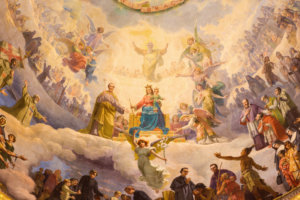
Tune in to The Patrick Madrid Show weekdays 8am – 11am CT

